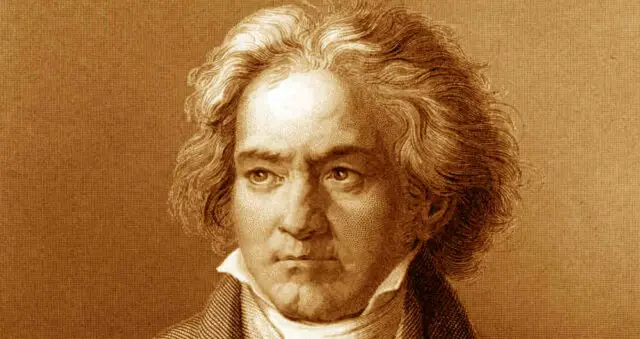The House of Music in Vienna, Austria, now offers its visitors the possibility of noticing the anguish experienced by the German composer and pianist Ludwig van Beethoven due to hearing loss.
This attraction teaches the public how the cochlea ducts work and their role in transforming sounds into nerve messages that reach the brain and, through several interactive screens, explains how the conductor with current implants would listen.
According to the experts of that renowned European museum, Beethoven’s auditory nerve was atrophied, hence his speech difficulties, although he composed the iconic third and sixth symphonies, the Eroica and the Pastoral when he was about to lose that sense.
How it happened
The story goes that at the age of 27, in 1798, the famous piano maestro noticed his hearing difficulties; two years later he visited the doctor for the first time and almost five years later, faced with irremediable deafness, he wrote a letter full of anxiety to his brothers in which he alludes to a possible suicide.

Despite his ailment, in later years he continued playing the instrument as a soloist and created emblematic melodies during his long walks through the countryside around Vienna; he took note of musical chords emanating from within him and translated them into finished works.
Beethoven died at the age of 56, in March 1827, and during the previous stage, he designed his best pieces, including the last five string quartets, the Missa Solemnis and the ninth symphony; as well as, the unfinished score of the tenth symphony.
The House of Music gathers on a map the addresses of all the houses inhabited by the musician, because, tormented by his illness, he hit the piano keys hard, and as a consequence he had to move his residence up to 68 times, after complaints from landlords and neighbors.

For those who have experienced shifts in consciousness and know that more peace, joy, and love awaits in a better living environment. A bold shared vision. A living community and hub for innovation. A sustainable ecosystem for living and working. A model for the new future.
